Madagascar is more than just a land of unique wildlife and breathtaking landscapes. This island nation, located off the southeastern coast of Africa, is a cultural treasure trove, brimming with diverse traditions, artistic expressions, and a rich history shaped by its African, Asian, and European influences. For the international traveler looking to dive deeper into the heart of Madagascar, cultural tourism offers an immersive experience like no other.
In this article, we explore the rich traditions and cultural highlights of Madagascar that will captivate your curiosity and leave you with unforgettable memories.
The Malagasy People: A Fusion of Cultures
Madagascar’s unique cultural identity stems from its diverse origins. The Malagasy people are a mix of Austronesian, Bantu, Arab, Indian, and French ancestry. This blend of ethnic backgrounds has created a vibrant tapestry of traditions, beliefs, and customs that vary from region to region.
Malagasy Language and Music: The Heartbeat of Culture
One of the best ways to engage with Malagasy culture is through its language and music. While Malagasy is the national language, French is also widely spoken, making it easy for international travelers to communicate. Learning a few basic Malagasy phrases like “Salama!” (Hello) or “Misaotra” (Thank you) will endear you to locals and enrich your cultural experience.
Malagasy Music:
Music is at the core of daily life in Madagascar, and traditional Malagasy music, known as hiragasy, is a true cultural spectacle. Originally performed in village festivals, hiragasy combines singing, dancing, and storytelling to relay important cultural narratives, often infused with humor and wit.
In the coastal regions, particularly in the North east, you’ll hear the upbeat rhythms of salegy—a fast-paced music genre played with guitars, drums, and traditional instruments. Its lively beats are perfect for dancing and are a favorite at local festivals and celebrations.
For a more tranquil experience, listen to the soothing sounds of the valiha, a bamboo tube zither. This traditional instrument produces melodic, harp-like tones that often accompany religious ceremonies or quiet family gatherings.
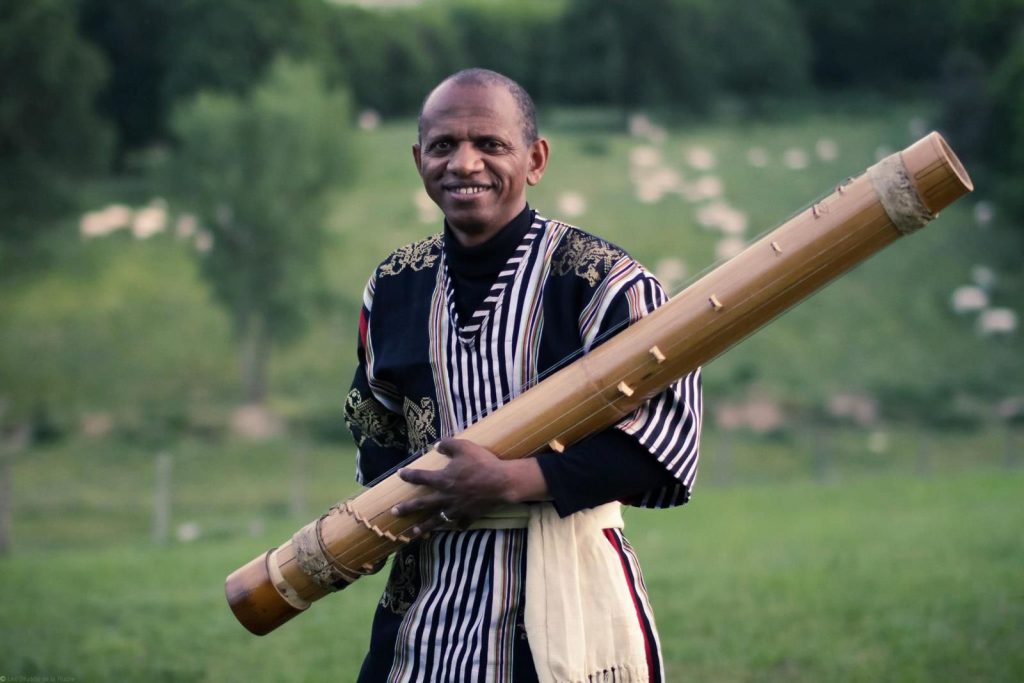
Traditional Malagasy Art: Craftsmanship Passed Down Through Generations
Madagascar’s artisans have a long-standing tradition of crafting beautiful, handmade items using local materials. From intricate wood carvings to finely woven baskets, Malagasy art is a reflection of the island’s natural resources and the creativity of its people.
Notable Crafts:
- Zafimaniry Woodworking: The Zafimaniry people, living in the central highlands, are world-renowned for their intricate wood carvings. Their craftsmanship, recognized as a UNESCO Intangible Cultural Heritage, is used to create beautifully designed furniture, tools, and decorative objects. A visit to a Zafimaniry village will offer a glimpse into the traditional methods passed down for generations.
- Lamba Weaving: The lamba is a traditional cloth worn by men and women, often used for important life events like weddings, funerals, and religious ceremonies. These garments are hand-woven using techniques that vary by region. The highlands are particularly famous for the silk lamba, a symbol of wealth and status.
- Betsileo Hats and Mats: The Betsileo people are known for their fine weaving skills, using natural fibers like raffia to create hats, mats, and baskets that are both functional and decorative.
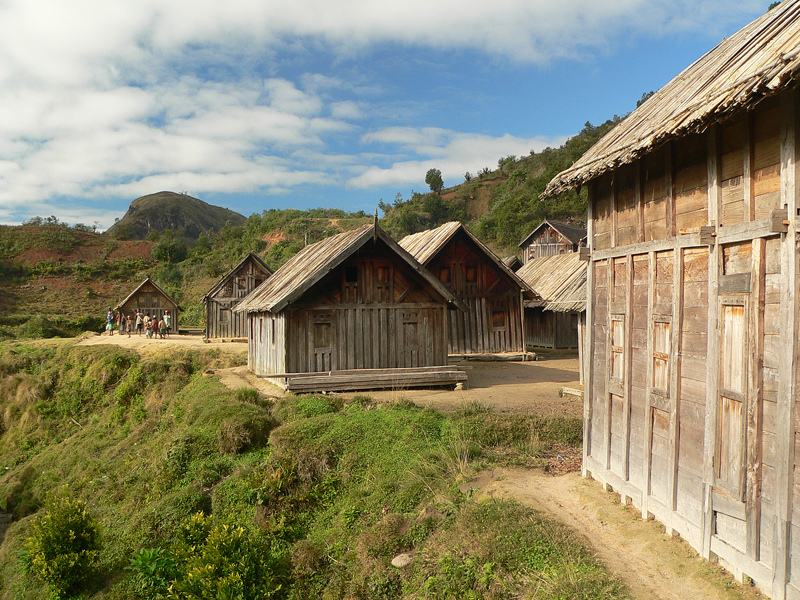
Sacred Sites and Religious Traditions
Religion plays a significant role in Malagasy life, with a mix of Christianity and traditional beliefs shaping the island’s spiritual practices. The Malagasy have a profound connection to their ancestors, and this is reflected in various aspects of daily life, including rituals and the construction of sacred sites.
Notable Religious Practices:
- Christian Celebrations: Madagascar’s Christian population celebrates traditional Christian holidays, such as PassOver and Christmas, but often incorporates local customs and music, making these celebrations uniquely Malagasy.
- Respect for Ancestors: Many Malagasy believe that their ancestors play an active role in their lives, offering guidance and protection.
- Tombs and Burial Practices: The Malagasy place great importance on the construction of family tombs. These tombs are often elaborate structures, sometimes adorned with zebu horns, which symbolize wealth and status.
Malagasy Cuisine: A Taste of Tradition
Food is another window into the culture of Madagascar, with meals that showcase the island’s agricultural bounty and centuries of cultural fusion. Malagasy cuisine is hearty, flavorful, and reflects the diverse landscapes of the island, from rice terraces to coastal fisheries.
Must-Try Dishes:
- Ravitoto: One of the most traditional dishes, ravitoto is made from crushed cassava leaves cooked with pork and flavored with garlic and ginger. It’s a comforting dish commonly served with rice.
- Romazava: This is a popular meat and vegetable stew, often made with zebu (a type of cattle found in Madagascar). Romazava is traditionally served with rice and is enjoyed throughout the country.
- Akoho sy Voanio: A delicious dish of chicken cooked in coconut milk, this meal is typical in coastal areas where coconuts are abundant. It’s a great way to enjoy the island’s tropical flavors.
- Koba: For a sweet treat, try koba, a traditional Malagasy dessert made from ground peanuts, rice flour, and sugar, wrapped in banana leaves and steamed. It’s a delicious snack often found at markets and street stalls.
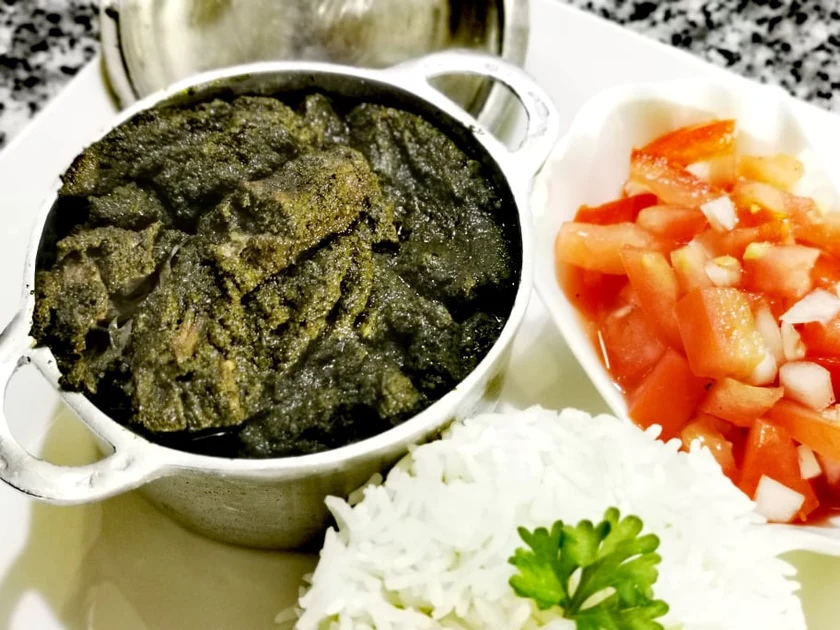
Malagasy Festivals: A Celebration of Life
No cultural trip to Madagascar would be complete without participating in one of its vibrant festivals. These celebrations bring communities together through song, dance, food, and traditional ceremonies. Malagasy festivals are a reflection of the island’s history and values, and they offer a unique opportunity for visitors to experience local life.
Key Festivals:
- Santabary Festival: This traditional festival is held to mark the first rice harvest of the year, a significant event in rural Madagascar. During the Santabary, communities come together to give thanks for the harvest and share meals, dances, and prayers.
- Donia Festival: Held annually on the island of Nosy Be, the Donia Festival is a celebration of music, dance, and sports. It draws visitors from across the country and beyond, making it one of the most vibrant cultural events in Madagascar.
Rural Villages: The Heart of Malagasy Culture
To truly understand Madagascar’s cultural richness, a visit to a rural village is a must. In these villages, life moves at a slower pace, and traditions are preserved in their purest form. Visitors will have the chance to witness local artisans at work, participate in daily farming activities, and share meals with village families.
What to Expect:
- Traditional Farming: Rice farming is at the heart of rural life, especially in the highlands. You’ll see stunning terraced fields and may even get the chance to help with planting or harvesting.
- Warm Hospitality: The Malagasy people are known for their warmth and generosity. Visitors to rural areas are often welcomed with open arms, with locals eager to share their culture and traditions.
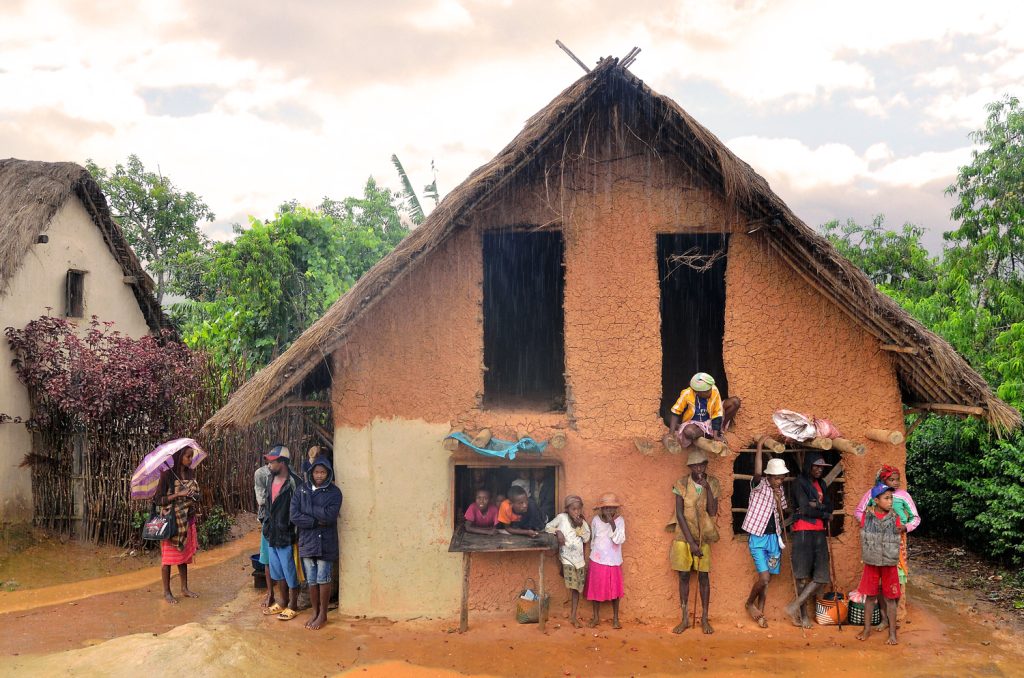
A journey to Madagascar is not only an encounter with extraordinary wildlife and stunning landscapes but also a deep dive into a rich cultural heritage. From ancient woodworking techniques to the rhythms of Hira gasy and salegy music, the island offers endless opportunities for travelers to experience its vibrant traditions. By immersing yourself in the art, cuisine, music, and rituals of Madagascar, you’ll gain a deeper appreciation for the spirit of the island and its people.
Related posts
Meet the project
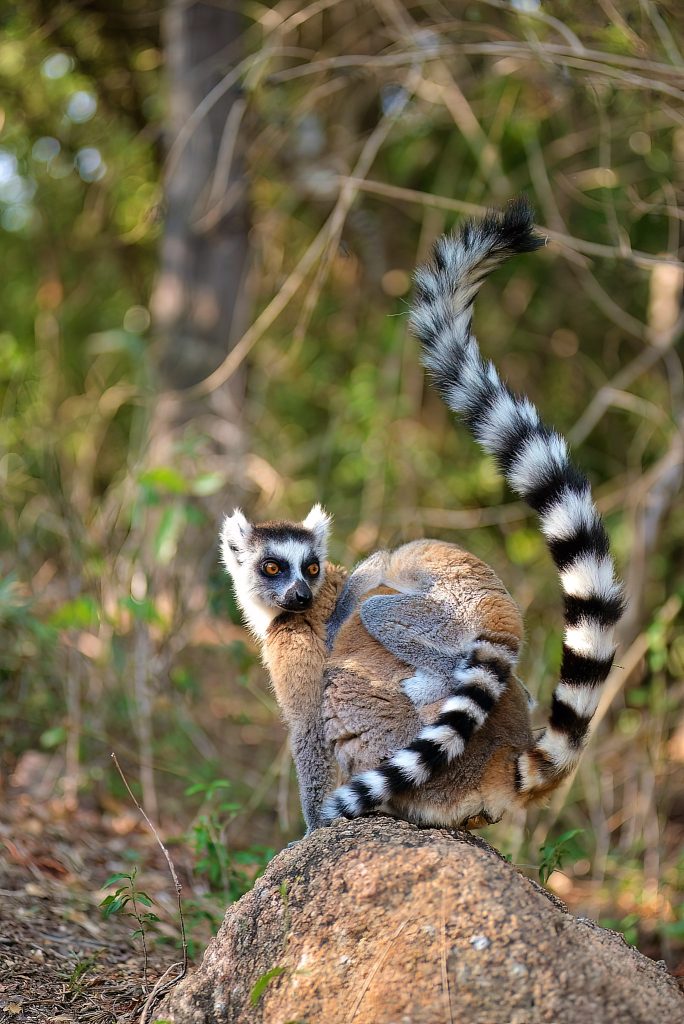
Welcome to Wonderful Madagascar, a non-profit project created by a passionate Malagasy team with one mission: to reveal the hidden beauty of Madagascar to the world. From its rare and captivating wildlife to its stunning landscapes and pristine beaches, we are dedicated to promoting the richness of this extraordinary island.
Learn more